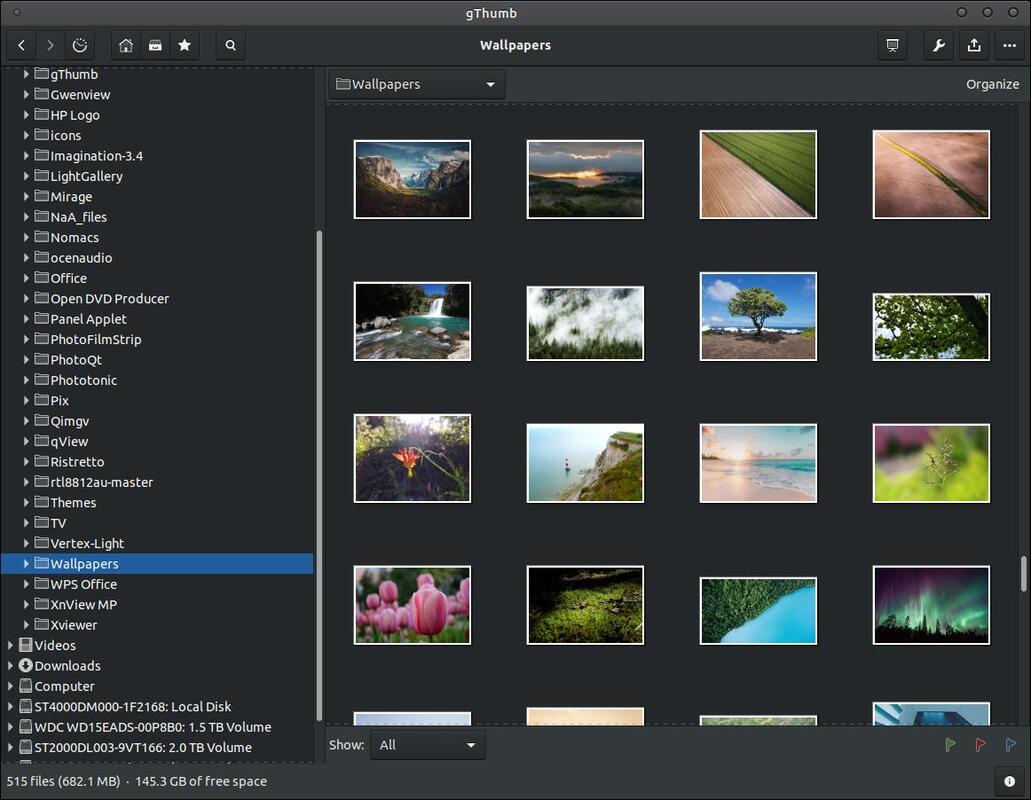

You can display those information by activating the side panel from the View menu. This app comes with a number of features to enable you perform some things to the image you are opening like rotating, running slideshow and lots more.Įye of GNOME is great for photographers since it displays three major elements of Exif data, from ISO, aperture and shutter speed.

Eye of GNOME is a cool image viewer with a very simple interface. In the application list on your GNOME-based distro you probably will see the name of “Image Viewer” instead of “Eye of GNOME”. If you use Ubuntu or other distro that use GNOME as its default desktop environment then you must have familiarized with Eye of GNOME. If you use other desktop environments and need an image viewer which display all of the exposure triangle elements you can install the qualified app manually. The default image viewer for Xfce doesn’t display all the elements of the exposure triangle.ĭefault image viewers of famous desktop environments like GNOME, KDE, Unity to MATE are capable to show all the elements of the exposure triangle. Unfortunately, not all Linux image viewers have the capabilities to show all the exposure triangle elements.

Particularly information about ISO, aperture and shutter speed which also called as the exposure triangle. Exif data is so important for photographer. Exif data contains such basic information regarding the photo as ISO speed, aperture, shutter speed and lots more. Some image viewers even have the capabilities to perform basic editing like cropping the images, strengthen, rotating and lots more.įor photographers, there is no feature they expect from an image viewer than its capability to show the Exif data. Default image viewer of each distro commonly has the capability to preview both PNG and JPG files. Each Linux distribution has basically been equipped with an image viewer app.


 0 kommentar(er)
0 kommentar(er)
